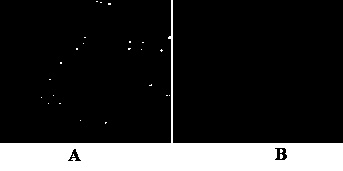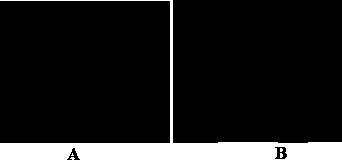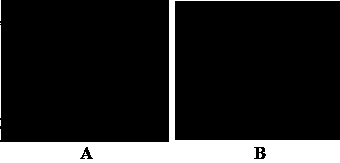Preparation method and application of cell-stent composite material for bone defect treatment and repairing
A technology of composite materials and scaffold materials, applied in the field of bone tissue engineering and regenerative medicine, can solve the problems of not finding cells and scaffolds
- Summary
- Abstract
- Description
- Claims
- Application Information
AI Technical Summary
Problems solved by technology
Method used
Image
Examples
Embodiment 1
[0037] Fish oocyte extract induces reprogramming of canine skin fibroblasts into induced pluripotent stem cells.
[0038] In this example, the fibroblasts were derived from the skin tissue of the dog's back, and the fish oocyte extract induced the reprogramming of the canine skin fibroblasts into induced pluripotent stem cells, including the following steps.
[0039] (1) Preparation of fish oocyte extract: The adult cell reprogramming inducer was fish oocyte extract, and the fish oocytes were collected from local crucian carp in Kunming. The preparation method of the fish oocyte extract is as follows: soak crucian carp in 75% alcohol for 15-20 minutes, take out the fish eggs under sterile conditions, put them into a pre-cooled mortar, put the mortar on ice for Grind, then add pre-cooled 0.9% normal saline at a volume ratio of about 1:1, centrifuge at 1000rpm for 10min at 4°C, take the supernatant, then centrifuge at 3000rpm for 10min at 4°C, take the supernatant, Use a 0.22 m...
Embodiment 2
[0046] Preparation of HAP / β-TCP / CS bioscaffold.
[0047] The preparation material of the HAP / β-TCP / CS bioscaffold in this embodiment includes three single material components of HAP, β-TCP and CS, and the preparation method includes the following steps.
[0048] (1) Preparation of hydroxyapatite whiskers: prepare calcium and phosphorus ion concentration products with diammonium hydrogen phosphate solution and calcium nitrate solution [Ca 2+ ]·[PO 3 4- ]=0.0167mol 2 ·L -2 Add urea and template agent sorbitol, adjust the pH value of the solution to 2~3 with concentrated nitric acid, then react at a constant temperature in a water bath at 83°C for 10 hours, then raise the temperature to 93°C and react at a constant temperature for 6 hours, and age for 12 Hours later, the filter cake of whiskers was obtained by suction filtration, and dried at 70°C.
[0049] (2) Preparation of hydroxyapatite powder: prepare 1.2mol / L and 0.72mol / L Ca(NO 3 ) 2 and (NH 4 ) 2 HPO 4 Each aqu...
Embodiment 3
[0055] Preparation of seeded cells and HAP / β-TCP / CS scaffold composites.
[0056] The seed cells prepared in Example 1 and the HAP / β-TCP / CS scaffold prepared in Example 2 were co-cultured under specific conditions to prepare the cell-stent composite material, the method and steps are: (1) Place the aseptically treated HAP / β-TCP / CS scaffold prepared in Example 2 in a six-well cell culture plate; (2) use DMEM / F12 containing 10% fetal bovine serum The seed cells prepared in Example 1 were suspended in the medium, and the cell concentration was adjusted to be 1×10 per milliliter. 6 (3) Inoculate the seed cells with adjusted concentration on the sterile HAP / β-TCP / CS material in the six-well plate in the step (1), inoculate 5ml of seed cells in each well; (4) Inoculate the Place the six-well culture plate inoculated with seeded cells in step (3) at 37°C, 5% CO 2 1. Cultivate under 90% humidity conditions, replace the culture medium every 2 days, and co-culture for 10 days; (5) Aft...
PUM
 Login to View More
Login to View More Abstract
Description
Claims
Application Information
 Login to View More
Login to View More - R&D
- Intellectual Property
- Life Sciences
- Materials
- Tech Scout
- Unparalleled Data Quality
- Higher Quality Content
- 60% Fewer Hallucinations
Browse by: Latest US Patents, China's latest patents, Technical Efficacy Thesaurus, Application Domain, Technology Topic, Popular Technical Reports.
© 2025 PatSnap. All rights reserved.Legal|Privacy policy|Modern Slavery Act Transparency Statement|Sitemap|About US| Contact US: help@patsnap.com



